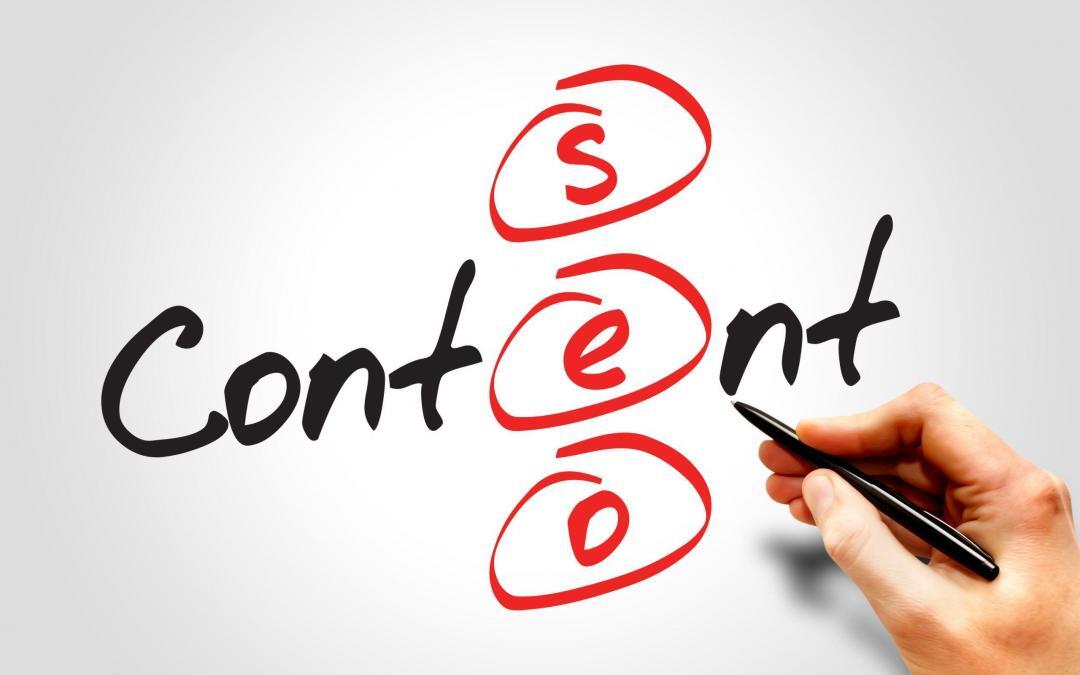On 18th August, 2022 Google announced the “Helpful Content Update”. I rarely write anything about Google updates because they happen all the time and often, there isn’t really much to say. It looks like this update is different and may represent the kind of seismic shift in rankings that we saw with the Penguin and Panda updates of ten years ago. More about that subject later.
If you run a website, you really need to know about this update.
What is “Helpful Content”?
Most of Google’s near $70 billion in annual revenue comes from its Google Ads platform. I know many people think Google accepts the highest bid and places that ad at the top of search results. That isn’t true. Instead, Google uses an algorithm to decide which ads best meet a users specific search intent, then serve them those ads. It’s entirely possible that the ad you see first is paying LESS than the ads appearing beneath it.
Here’s the thing; people use Google because it’s helpful. If it wasn’t, they’d choose an alternative search engine. Google is acting entirely on self-interest.
Google is attempting to further increase its usefulness by serving more helpful organic content (i.e. not paid ads) to its users. Frankly, Google has been doing this for years, but has now signalled a seismic shift in how they assess what content is helpful. So, the question needs to be asked; what is helpful content?
In a nutshell, helpful content is content that best matches the specific search intent of somebody searching on Google.
What Does Google Mean by “Search Intent”
Search intent (also called keyword intent) is split into four main categories:
Informational: Find an answer to a question or general information.
Navigational: Find a specific website or page.
Commercial: Investigate businesses, brands or services.
Transactional: Complete an action or purchase.
I’m not going to dig deep in this article on each of those categories. Suffice to say, if you want your content to rank in organic search results, you’d better be doing a damned good job of satisfying those needs.
Panda, Penguin and other Animals
I mentioned that this update might be comparable, impact wise, with the Panda and Penguin updates of more than a decade ago. Anyone who has been practicing SEO for a long time will likely recall the Panda and Penguin updates with terror in their hearts. Even new SEO practitioners will know about those updates, which targeted private blog networks and the backlinks that emanated from them. Hummingbird, Pidgeon and other “animal” updates followed – but none had the far-reaching impact of Panda and Penguin.
The Panda and Penguin updates fundamentally changed the landscape of organic search results on Google. The Helpful Content Update looks like it’s going to be that kind of update.
What to Expect
Unique, original, helpful content, placed on well-designed websites with solid user experience and a relevant backlink profile are winning the day. I personally started focusing on helpful content back in 2015. At least two of my own “helpful” websites have seen traffic increases in the tens of thousands in the first week of the rollout. The impact has been profound.
Big brands are killing it like never before. That is especially noticeable in the ecommerce space where they are taking up more of the available “storefront” space on Google than ever before.
Video is killing it like never before, with content from TikTok enjoying increased search visibility of close to 135%. If video is not your thing, it soon better become your thing!
There have been a lot of losers in this update. Those include reference websites like Wikipedia knock-offs, song lyric and photo websites. Some lower quality news websites have suffered very badly. Websites with thin content, like directories with nothing but listings have been slammed too. Think of anything non-original and low value and you probably have a loser. Google now appears to be treating those websites almost as backfill.
If your website is offering much the same content as people can find almost anywhere else, you will probably be negatively affected by this update.
That type of chatter is consistent across the SEO community.
How to Recover
I’ve learned from bitter, personal experience that you don’t “recover” from updates of this magnitude. You either get with the program and change your practices to meet Google’s expectations, or you take your ball and go home. It’s Google’s game and they decide what the rules are. It’s also pretty much the only game in town, so you’d better learn and comply with the revised rules. Fast!
What Now?
Start thinking hard about the people who are most likely to search for the products and services you sell. What do they want to know that will assist them the most in their buyers’ journey?
You don’t need to produce a load of content about the exact same things. In fact, I’d say that hurts you. Dig deep and look for broader conceptual constructs around your most important themes and topics, then create content that elaborates on those. Google’s AI is remarkably good at working out broad concepts. That’s how they can roll out the Helpful Content Update.
Demonstrating mastery of a subject is no longer a matter of writing one well-researched post and optimising that. I’d suggest that your entire website (and possibly any connected social media – there’s a small book in itself) needs to demonstrate an authoritative grasp of as many key concepts as possible “around” whatever it is you are targeting in search.
A Final Word
We are now entering a brave new world with Google. Businesses that fail to invest in quality web collateral are no longer going to be able to compete. The days of sub-standard websites with poor quality, low value content being able to rank in organic search results are well and truly over. All I can say is; it’s about bloody time!


Recent Comments